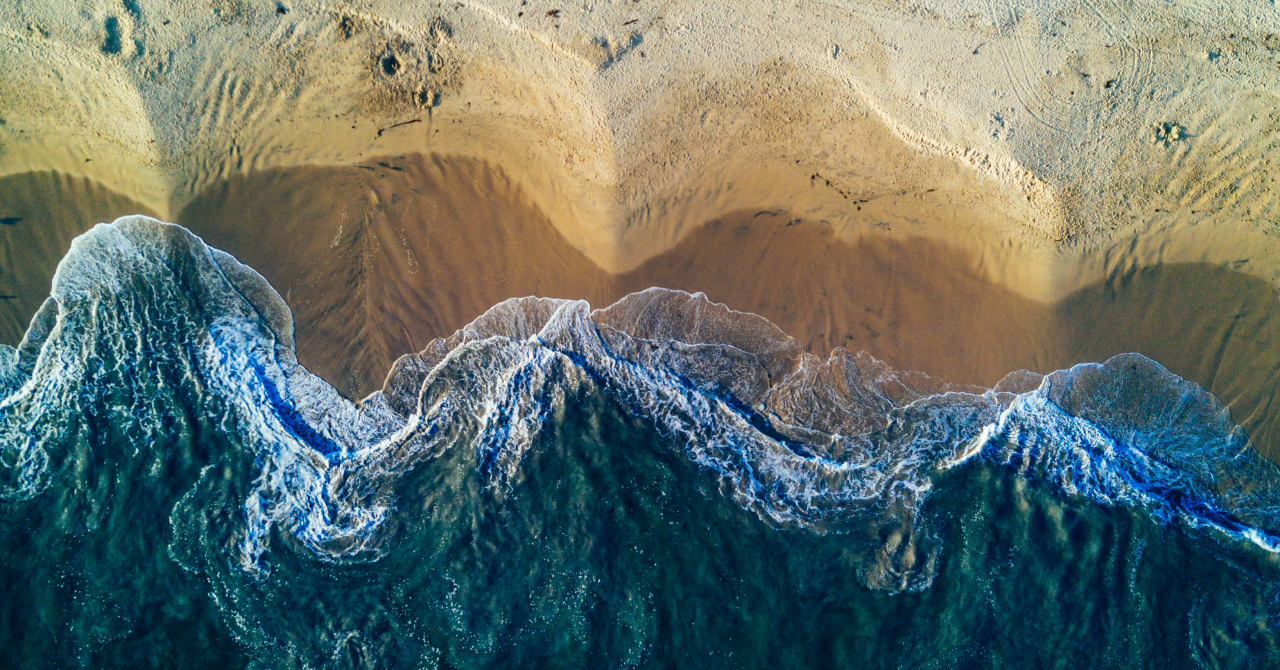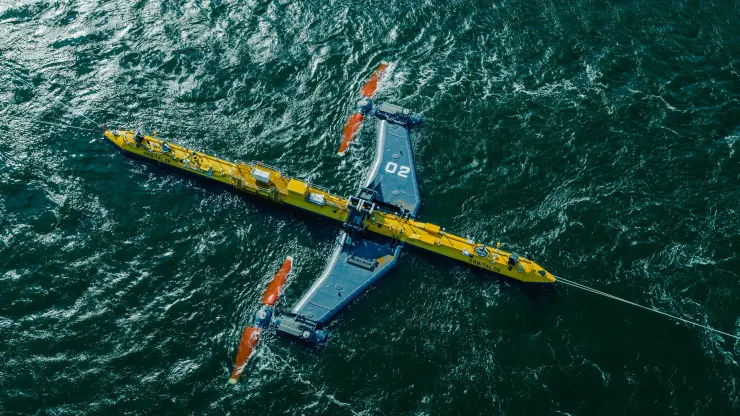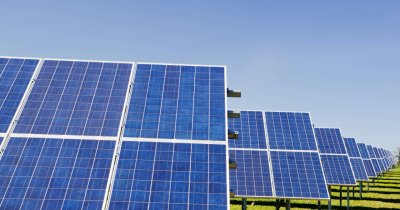Popular renewable energy sources, such as solar and wind energy, are already being adopted at a fairly large scale in some areas, but there are other alternative energy sources, such as tidal energy, that are not very popular and have the potential to generate important amounts of energy.
What is tidal energy
According to Pacific Northwest National Laboratory (PNNL), tidal energy is a form of power generated by the natural rise and fall of the tides, which are caused by the gravitational interaction between the Earth, the Sun and the Moon.
In order to get the most out of tidal energy, special constructions need to be made which increase the speed of water, thus increasing the potential energy to harvest.
By placing specially made generators in optimal zones, tidal energy can be transformed into electric energy, for example.
The best areas where tidal energy can be harvested are those where the difference between the high tide and low tide is the largest and those where tidal channels become smaller, which enable the currents to grow stronger.
Photo source: CNBC
How does tidal energy compare to sun and wind energy
Tidal energy has a much higher energy production potential when compared to wind energy, simply because water is denser than air.
This means that at the same turbine diameter and rotor speed, tidal power will be more efficient than wind energy.
Then there is predictability, since wind can vary a lot even in short time intervals, but the tides are more predictable and consistent, which makes it better than both wind, and solar energy when it comes to energy production.
How do tidal turbines work
Tidal turbines are the devices that harvest tidal energy and they work the same way wind turbines work, just with water rather than air.
In order to be the most effective, tidal turbines should be installed in places with strong tidal activity, and they can either float or be embedded in the sea bed, individually or in arrays.
Water moves the blades of the turbine, which turns the rotor that powers the generator.
Tidal turbines are smaller than wind turbines, which means that more tidal turbines need to be installed in order to achieve the same amount of power produced.
Also, they need to be more resistant, judging by the environment in which they operate.
Countries that use tidal energy
France has a tidal power system in La Rance, which started operating in 1966 and was the largest in the world until 2011, when a system in South Korea surpassed it.
The French tidal system has a capacity of 240 megawatts, while the one opened in South Korea last decade has a capacity of 254 MW.
The largest tidal power station in the world is Uldolmok in South Korea.
The largest planned project to date is the MeyGen project in Scotland, which will have the highest capacity when it will start to operate, 398 MW.
The first phase of the project is completed and operational, with the next two phases to follow suit in the future.
The unexplored potential of tidal lagoons
Tidal lagoons are another potential energy source that hasn't been proven yet, since there are no projects like these operating around the world yet.
Unlike the traditional tidal turbine systems, tidal lagoons imply the implementation of turbines along the natural coastlines of countries in order to continuously generate power, which in turn should also minimize the environmental impact.
Such projects are currently developed in the United Kingdom, China and North Korea.
Advantages of tidal energy
Tidal energy is a clean, renewable energy source which is supposed to help with the goals to reduce greenhouse gas emissions and it represents an important opportunity for countries that have direct access to seas and oceans to harvest energy in a sustainable way.
Diego Pavia, CEO at InnoEnergy, said that "historically, wave energy converters have been costly and large compared to their energy output. But we shouldn’t let that define the future of the tidal industry. Around 10%-20% of global electricity demand could be met by wave power."
Also, because water is hundreds of times denser than air and tidal energy is more predictable and more consistent than both solar and wind energy, it could prove to be a top choice when it comes to renewable energy sources, if it gets adopted more.
The equipment used in tidal energy systems is also fairly reliable, since the dam-like structures have an estimated lifespan of about 100 years, and if we look at the La Rance system in France, we could see that it is an achievable lifespan.

Disadvantages of tidal energy
Cost is probably the biggest limitation when it comes to tidal energy, since both the installation and the maintenance of such a system is very expensive, which is why the technology is still not very widely used.
Swansea Bay Tidal Lagoon is a proposed tidal power system for Wales that would be able to produce around 320 MW of power, and the estimated cost for it is around 1.67 billion dollars.
By contrast, the Roscoe Wind Farm costs around 1 billion dollars for a total potential output of 781 MW.
There are also geographical limits, since not all bays and harbors are suited for harvesting tidal energy.
Tidal energy farms could also pose a threat to the ecosystems where they operate, since it could change the flow and the quality of the water. The systems could also affect the way marine animals communicate and move through the water, through the electromagnetic fields created by the turbines themselves.
Andrea Copping, PNLL oceanographer, said that "the ocean’s natural ebb and flow can be an abundant, constant energy source. But before we can place power devices in the water, we need to know how they might impact the marine environment."
Why isn't tidal power more widely used
The answer comes from the disadvantages of the system itself, where high installation and manufacturing cost, alongside with potential adverse effects on the environment and lack of research make it difficult for a system like this to be implemented.
As technology progresses and more research is being done to find out how we can mitigate the negative effects of tidal power, we might be able to better implement this type of power system.
Renewable energy sources are certainly the future in terms of energy production and they should eventually fully replace fossil fuel sources, but in order to do that we need to make sure enough research is being done in order to make the technology easier and more cost effective to implement and maintain, with minimal environmental footprint.
 Mihai - Cristian Ioniță
Mihai - Cristian Ioniță













Any thoughts?